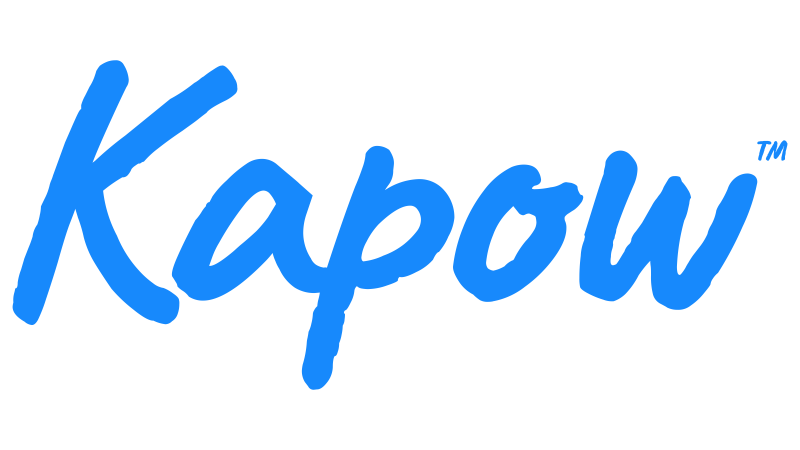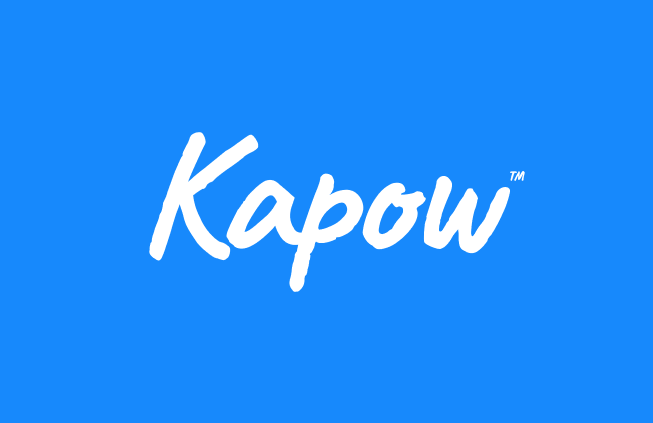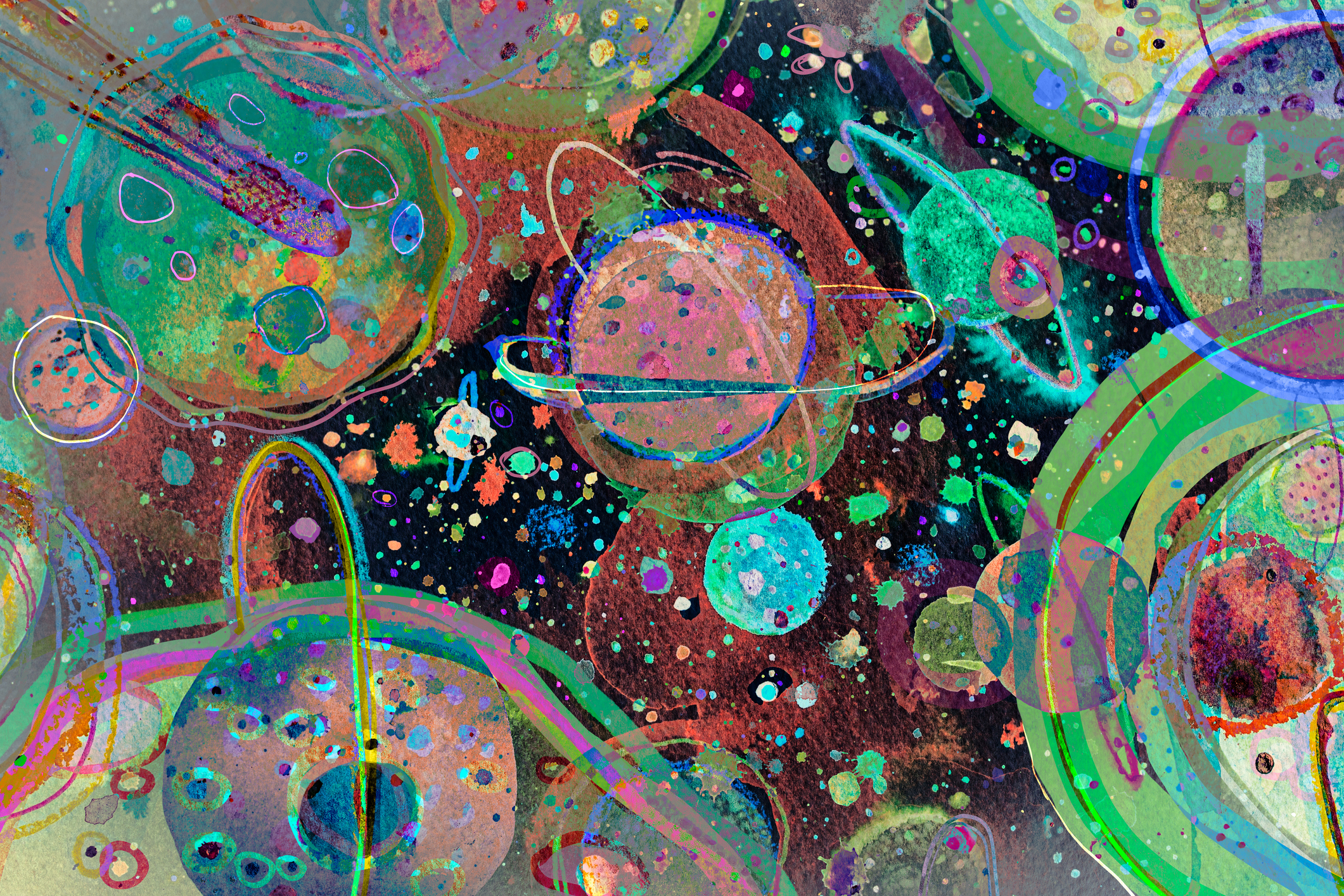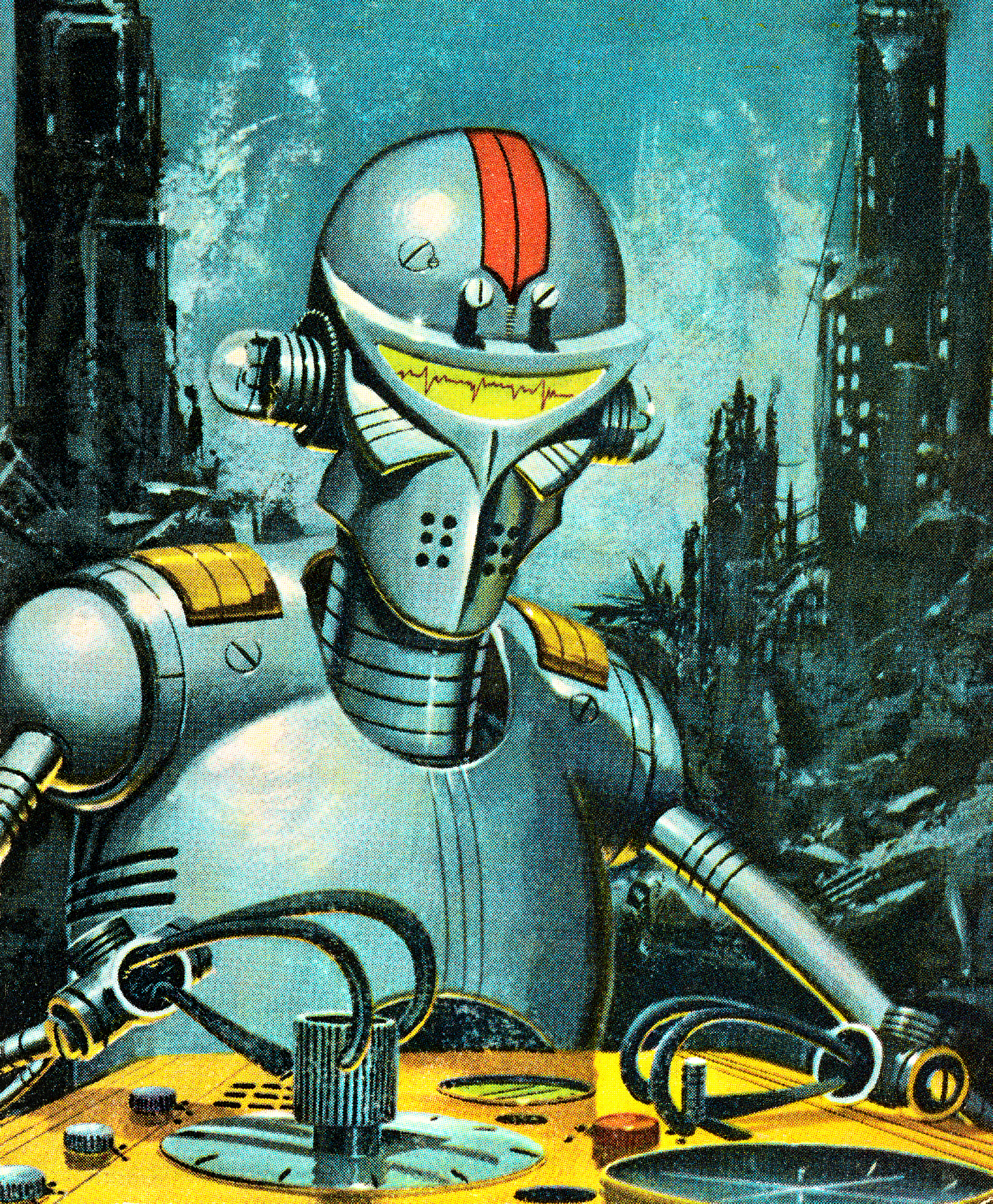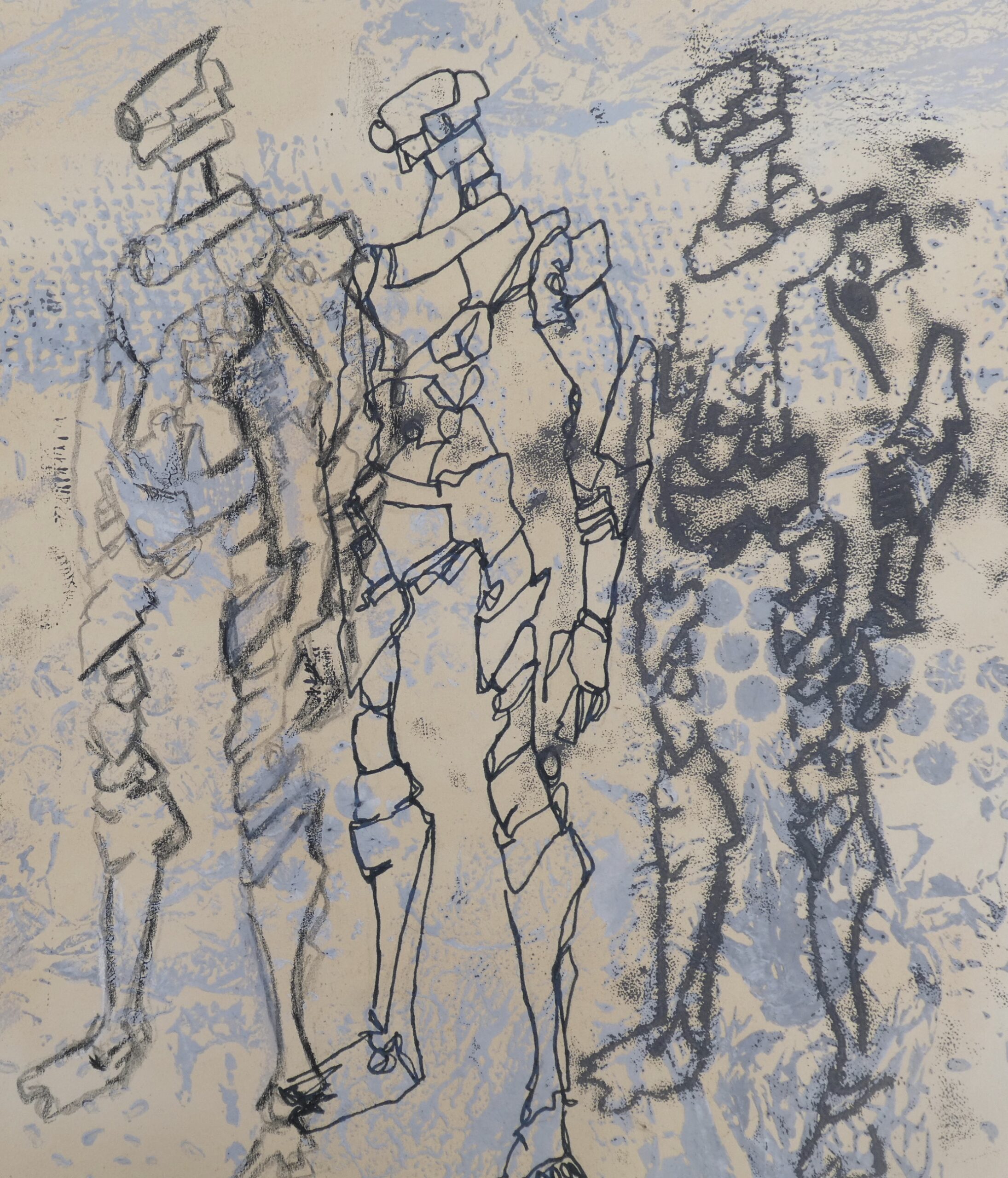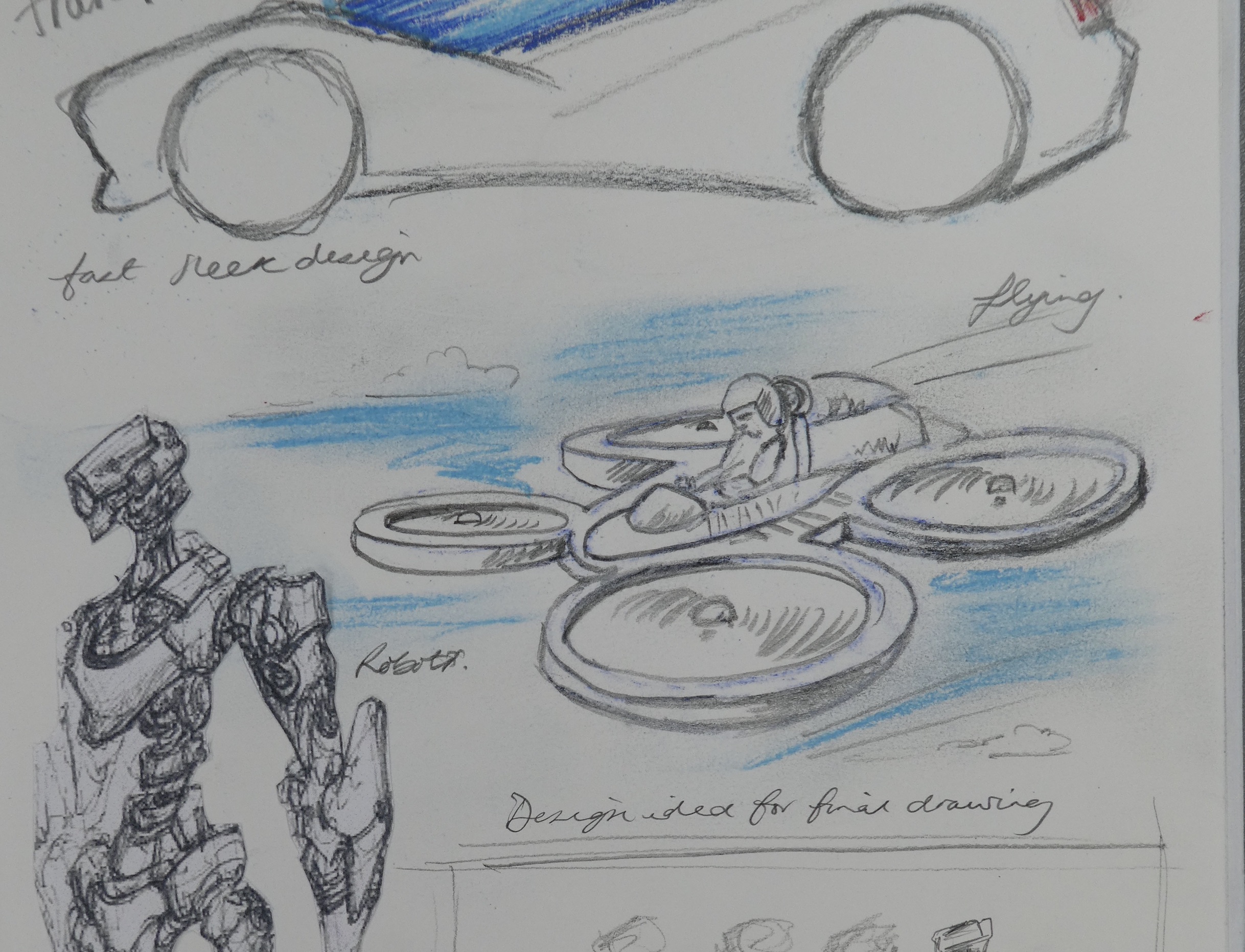Learning intention
- To develop drawn ideas through printmaking.
Success criteria
- I can describe how I think an artwork
This content is for subscribers only. Join for access today.
Cambridge Primary Art & Design (0067) Learning objectives
Experiencing
E.01 Encounter, sense, experiment with
This content is for subscribers only. Join for access today.
Before the lesson
This content is for subscribers only. Join for access today.
Lesson plan
Recap and recall
Ask learners to look at the picture and discuss the following with a partner:
This content is for subscribers only. Join for access today.
Extended-mode explainer videos
How to extend your display to view the lesson page and preseantion mode simultaneously. Choose your operating system below to watch the video
If you need further support with extending your display,
please contact [email protected].
Differentiation
Learners needing support:
- Could choose from a smaller selection of materials.
- Could divide their printing plate into sections using straight or wavy lines.
- Could fill each section with different textures and use written prompts like “small” or “prickly” to guide their choices.
Learners working at a stretch:
- Could use the Activity: Astronaut templates to create a more detailed printing plate.
- Should fill different parts of their design with different textures, adding complexity.
- Should spend more time on precise cutting and layering, making their work more intricate.
This content is for subscribers only. Join for access today.
Assessing progress and understanding
Learners with secure understanding can:
- Join discussions and share ideas about how the
This content is for subscribers only. Join for access today.
Vocabulary definitions
-
collagraph
A printmaking process that uses textures to create interesting surfaces within a print.
-
composition
The way that people or things are arranged in a painting or photograph.
This content is for subscribers only. Join for access today.
